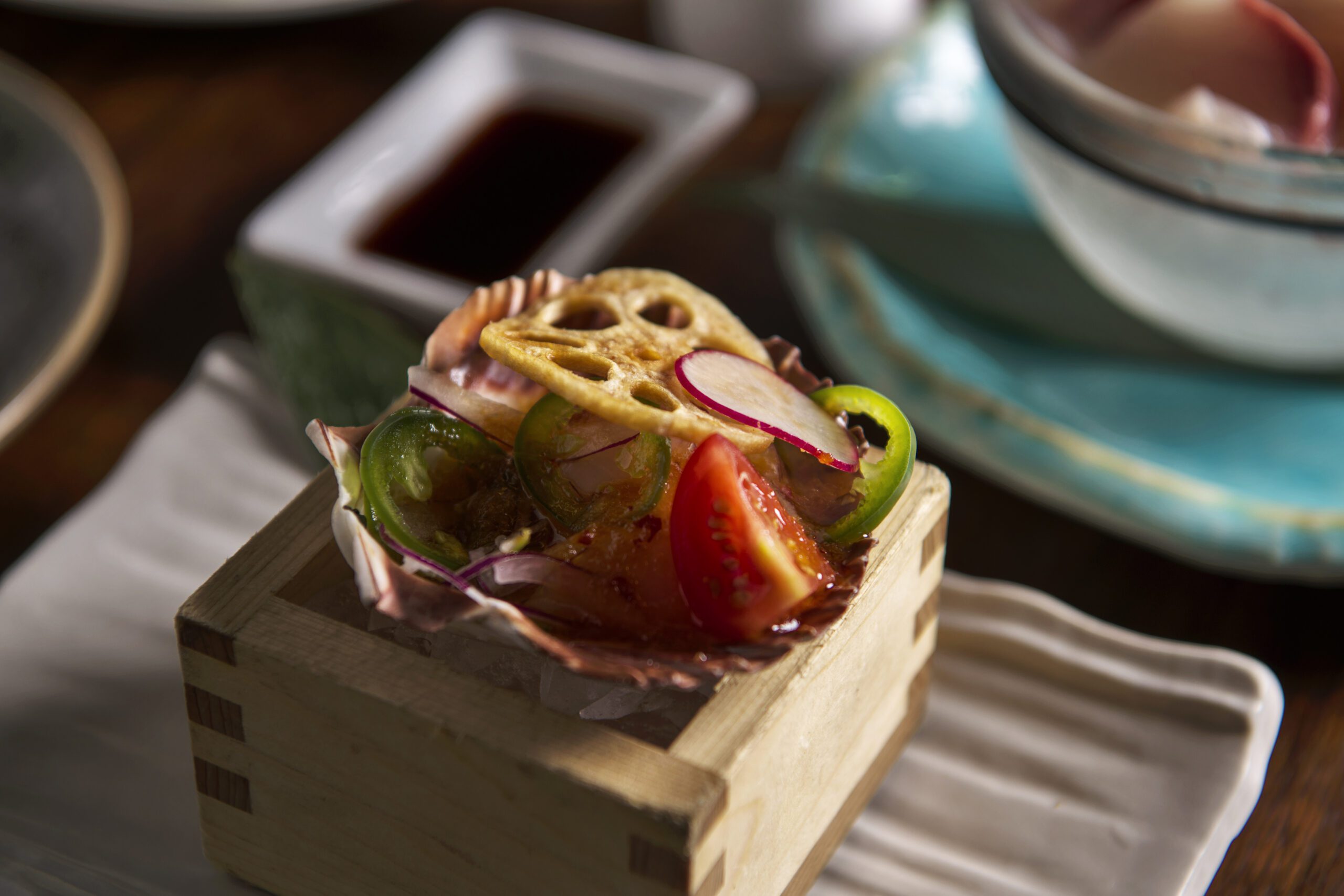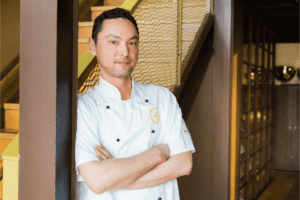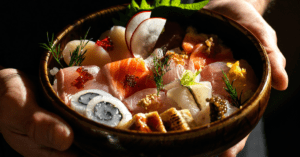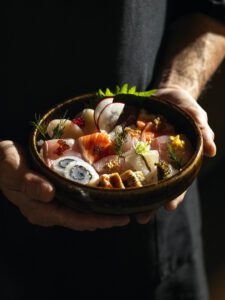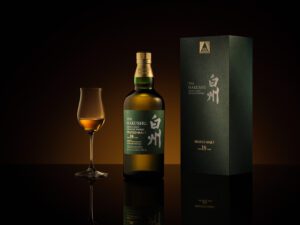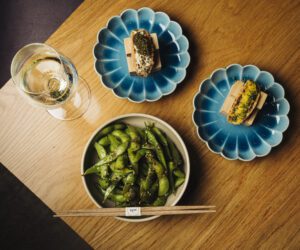Bento means convenience or convenient, which aptly describes these single-portion, home-packed meals for individuals – perfect for people on the run.
From rudimentary wooden lunch receptacle for Japanese farmers in the 5th Century, to luxurious aluminium boxes containing nutritional ‘packed’ lunches for wealthy school kids post-World War I, and disposable polystyrene boxed meals sold in convenience stores, supermarkets and train stations, the prestige of the beloved bento box has varied greatly over the years but its purpose of providing a convenient, all-inclusive, balanced lunch has remained consistent.
The word bento means convenience or convenient, which aptly describes these single-portion, home-packed meals for individuals to take with them to school or work, or their store-bought, takeaway equivalents. They’re perfect for people on the run.
In many modern day Japanese restaurants bento boxes are a staple menu item, providing customers with a quick and easy set meal, at a set price.
In Japan, the bento box phenomenon includes intricate kyaraben, or character bento, with food designed to look like cartoon characters, as well as oekakiben or picture bento, with food decorated to look like everyday things, such as people, animals and flowers.
Bento containers range from disposable carriers to traditional hand-crafted lacquerware and the design is typically a square-shaped box with multiple compartments and a lid.
Each compartment contains a different item, including rice, cooked or pickled vegetables, fish or meat and sashimi or sushi. Not a lot, but just enough of everything to create a well-balanced meal.
Saké Restaurant & Bar is offering an express bento box lunch option for a limited time.

